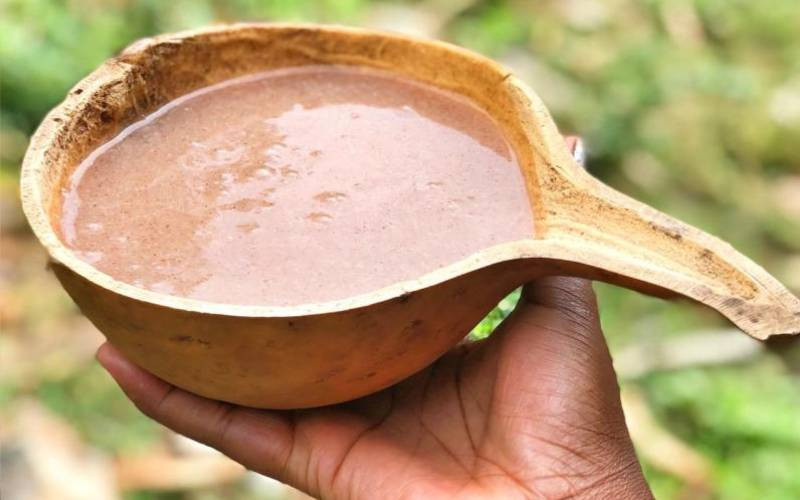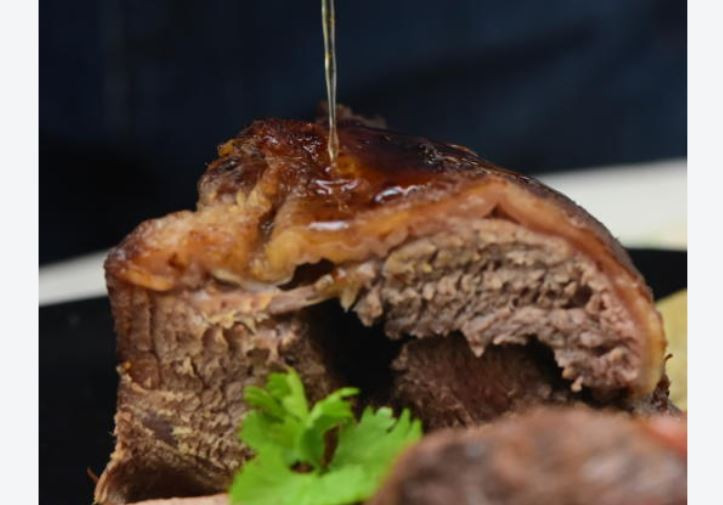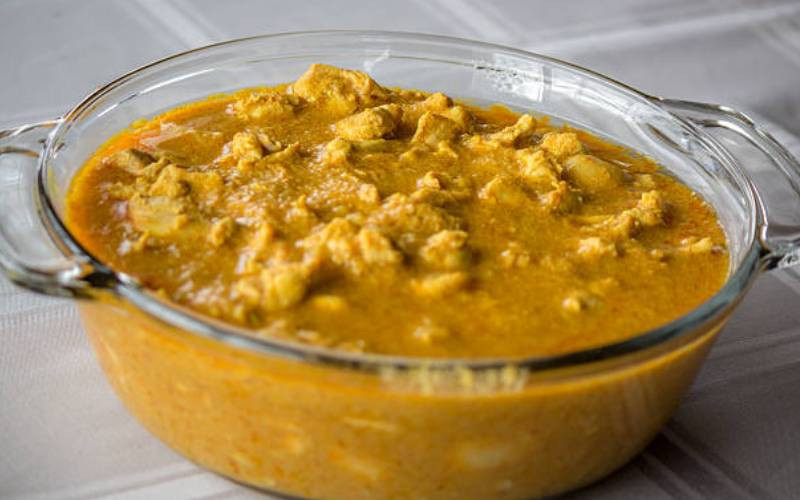
In boarding schools, not all, but many, the power breakfast was porridge. It was mostly white, with little or no sugar.
Those who had to wake up to this every morning use it as a reason not to like porridge. They equate the experience with trauma.
The good news is that this is not the only way to make porridge. You can spice up this delicacy in many ways that will make you forget the white, sugar-free breakfast you have had for more than two years.
You can use different grains such as sorghum, millet and ground nuts, among others. You can take it unfermented and add margarine, milk or lemon.
We will concentrate on using more than one type of grain to make fermented porridge. However, the grains must be ground first.
Ingredients:
½ cup of sorghum flour
½ of millet flour
- World Vision launches 'ENOUGH' campaign to tackle hunger, malnutrition in Kenya
- Eating junk food during childhood may lead to irreversible memory issues
- Indian naval ship docks with relief food and medicine
- Calls for mandatory front-of-pack warning labels on infant food products
Keep Reading
1 cup of maize flour.
Water.
Instructions:
Fermentation
Mix the different flours. Add the water until you have a smooth mixture.
Pour the mixture into a jar and cover tightly. Leave to stand at room temperature for 24-48 hours.
The fermentation time can vary depending on the room temperature and your taste preferences. A warmer environment will speed up the fermentation process.
Stir once or twice a day. You'll know it's fermenting when it starts to bubble slightly and develops a tangy aroma.
Cooking
To cook the fermented porridge, bring two cups of water to the boil.
Shake the mash before adding one cup to the boiling water.
Stir gently and continuously until bubbles form and the porridge thickens.
If the porridge is too thick, add a little more water to achieve the desired consistency.
Add sugar to taste and bring to a boil for two minutes, stirring to prevent sticking.
It is now cooked and ready to serve. Enjoy!
 The Standard Group Plc is a multi-media organization with investments in media platforms spanning newspaper print
operations, television, radio broadcasting, digital and online services. The Standard Group is recognized as a
leading multi-media house in Kenya with a key influence in matters of national and international interest.
The Standard Group Plc is a multi-media organization with investments in media platforms spanning newspaper print
operations, television, radio broadcasting, digital and online services. The Standard Group is recognized as a
leading multi-media house in Kenya with a key influence in matters of national and international interest.











